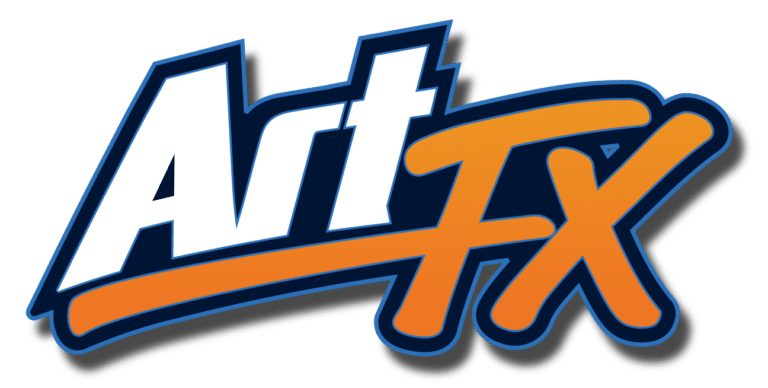Artwork requirements
All artwork
Apparel
Artwork requirements for graphic design can vary depending on the specific project, its intended use, and the preferences of the designer or client. However, there are some general guidelines and considerations that are commonly followed:
-
Resolution:
For print, images should be high resolution (usually 300 dpi or higher) to ensure crisp and clear output. For web and digital use, 72 dpi is typically sufficient.
-
File Format:
- Raster Images: Common formats include JPEG, PNG, TIFF. For lossless quality, TIFF is preferred.
- Vector Graphics: SVG, AI, EPS, and PDF (with vector elements).
-
Color Mode:
- For print: CMYK (Cyan, Magenta, Yellow, Black).
- For web and screen: RGB (Red, Green, Blue).
-
Bleed and Trim:
- For print materials like brochures or business cards, it’s important to include a bleed area (extra background extending beyond the trim edge) to ensure that there are no white edges after cutting.
-
Fonts:
- For print, either provide fonts used in the design or outline the text to avoid font compatibility issues.
- For digital, consider web-safe fonts or provide alternative font options.
-
Layers and Organization:
- Keep files well-organized with clearly labeled layers. This makes it easier for other designers to work with or modify the files later.
-
File Size:
- Ensure that the file size is manageable, especially for digital applications where large file sizes can slow down websites or emails.
-
Transparency and Alpha Channels:
- If you’re using transparency effects (e.g., drop shadows), ensure that they are properly supported and will render as intended.
-
Copyright and Licensing:
- Only use images, fonts, and other design elements that you have the rights to use. Avoid copyright infringement.
When it comes to apparel we ask that when you send us artwork that it is vectorized so we can easily prepare the file for production. This can usually be done with a PDF file or EPS.
When an image is “vectorized,” it means that it has been converted from a raster or bitmap format (made up of pixels) into a vector format (made up of mathematical paths). This process involves recreating the image using mathematical equations to define lines, curves, and shapes, rather than using individual pixels.
Here are some key characteristics of vectorized images:
Scalability:
Vector images can be resized without losing quality. This is because they are defined by mathematical equations, so they can be scaled up or down infinitely without any loss of clarity or detail.
Resolution Independence:
Unlike raster images, which can become pixelated when enlarged, vector images maintain sharpness and clarity at any size.
File Size:
Vector files are typically smaller in size compared to high-resolution raster images because they only contain mathematical data rather than individual pixels.
Editability: Vectorized images can be easily edited, manipulated, and customized. You can adjust colors, shapes, and sizes without loss of quality.
Smooth Lines and Curves:
Vector graphics are composed of smooth lines and curves, which give them a clean, crisp appearance.
Transparency:
Vector images can have transparent backgrounds, making them versatile for use in various design applications.
Limited Color Palette:
While vector images can contain a wide range of colors, they are often used for graphics with flat or limited color schemes.
Common Vector File Formats:
Common file formats for vector graphics include SVG (Scalable Vector Graphics), AI (Adobe Illustrator), EPS (Encapsulated PostScript), and PDF (Portable Document Format with vector elements).
Ideal for Logos and Illustrations:
Vectorization is particularly useful for creating logos, icons, illustrations, and other graphics that need to be used across various sizes and platforms.

